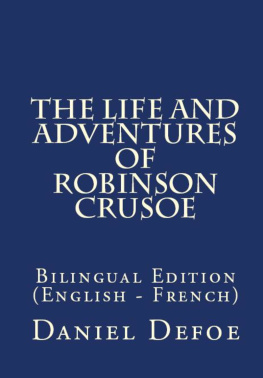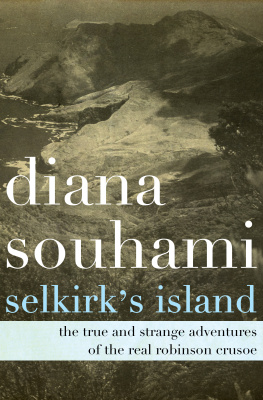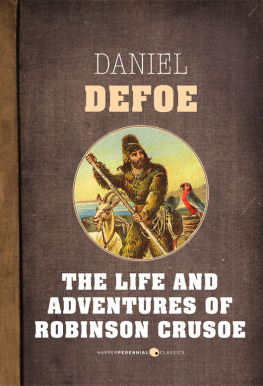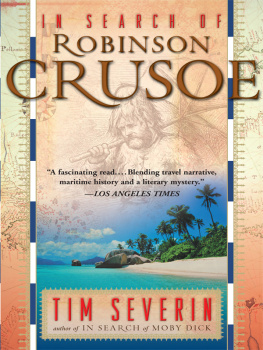Illustrated by Robert Andrew Parker
Clarion Books New York
Clarion Books
a Houghton Mifflin Company imprint
215 Park Avenue South, New York, NY 10003
Text copyright 2005 by Robert Kraske
Illustrations copyright 2005 by Robert Andrew Parker
The text was set in 12-point Berkeley.
Maps by Kayley LeFaiver.
All rights reserved.
For information about permission to reproduce selections from this
book, write to Permissions, Houghton Mifflin Company,
215 Park Avenue South, New York, NY 10003.
www.houghtonmifflinbooks.com
Printed in the U.S.A.
Library of Congress Cataloging-in-Publication Data
Kraske, Robert.
Marooned: the strange but true adventures of Alexander Selkirk, the
real Robinson Crusoe / by Robert Kraske.
p. cm.
Includes bibliographical references.
ISBN 0-618-56843-3
1. Selkirk, Alexander, 1676-1721. 2. Survival after airplane accidents,
shipwrecks, etc.Juan Fernndez Islands. 3. Defoe, Daniel,
1661?-1731. Robinson CrusoeSources. I. Title.
G530.S42K73 2005
996.1' 8dc22
2004028769
ISBN-13: 978-0-618-56843-7
ISBN-10: 0-618-56843-3
VB 10 9 8 7 6 5 4 3 2
To four young adventurers
Nicholas, Michael, Benjamin,
and Abram

Contents
1 Selkirk's Choice 1
2 From the Beach to the Cave 13
3 Prisoner and Master 27
4 The Duke and Duchess Arrive 47
5 Pacific Adventures and the Manila Galleon 59
6 Marooned in London 77
7 Largo and Beyond 89
8 The Real Robinson Crusoe 103
Author's Note: Writing Selkirk's 110
Story and the Island Today
Glossary 114
Selected Bibliography 117
Index 119
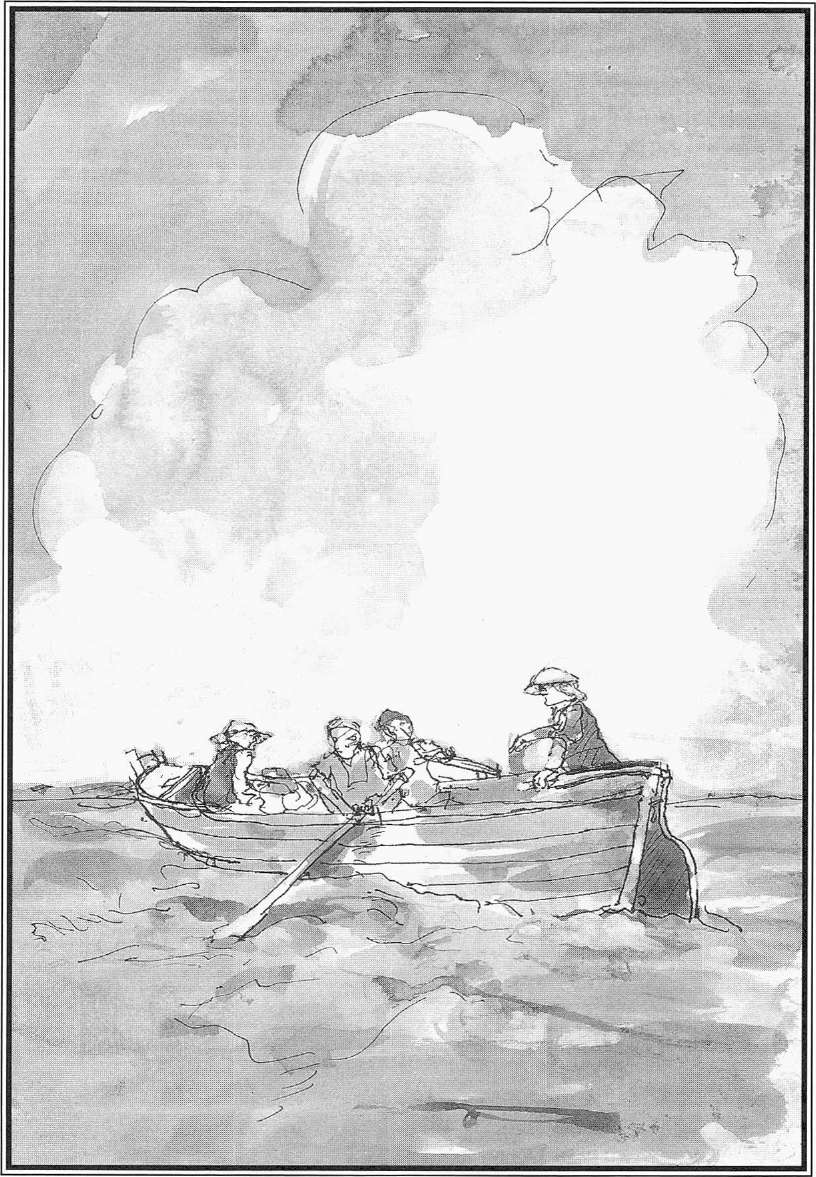
Mr. Selkirk would be going ashorealone.
ONE
Selkirk's Choice
September 1704
Dark peaks rising from the sea. That was the first view of Juan Fernandez. As the Cinque Ports entered Great Bay, the island appeared more welcominga half-moon beach, grassy valleys, wooded foothills, waterfalls plunging from high mountains. At the foot of cliffs, fur seals sunned on rocks and played in the surf.
The island was a welcome landfall, but the crew was watchful, uneasy. Juan Fernndez was a Spanish island, and the Cinque Ports flew an English flag. Because England and Spain were at war, the island was not a safe place for an English ship. Spanish warships from the mainland sometimes stopped at the island. The Cinque Ports, needing to refill water casks and woodbins, risked being the target of a patrolling Spanish man-of-war.
At this remote island in the South Pacific, the conflict in Europe seemed far away. A quarrel among the ruling powers about who should sit on the Spanish throne had erupted into the War of the Spanish Succession. England and Holland, on one side, and Spain and France, on the other, were the major combatants.
Spain immediately banned English ships from its ports in Europe and South America. England's Queen Anne quickly struck back, declaring that English merchant ships could attack Spanish and French ships at sea and carry their valuable cargos back to England.
These English merchant ships were called privateers. They were armed vessels, privately owned, and licensed by the English government. Spain and France called them pirates. If captured, the crews would hang.
One of many privateers that set out from England was the Cinque Ports. For years it had carried cotton, sugar, and timber between English ports.
When the war began in 1701, the owners hired carpenters to convert the Cinque Ports from a cargo carrier to a privateer. Gun ports were sawed into its sides. Racks were built to hold cutlasses, daggers, and boarding axes. Deep in the hull a tin-lined room was constructed to store gunpowder. Finally, twenty cannons and cases of muskets were hoisted on board.
Few of the Cinque Ports's crewformer bakers, barbers, cobblers, tinsmiths, tailors, fiddlers, haymakers, peddlers, thieves, and morehad ever been to sea before. All were eager to escape the poverty of their lives ashore. Adventure lured them, the chance to get rich on Spanish gold.
Among the few trained seamen on board were Captain Thomas Stradling and the sailing master, Alexander Selkirk.
Little is known about Stradling. He was twenty-one years of age and thought to be a gentleman of the upper class, but this was not known for sure. What the crew did know was that he was aloof, unfair, a bully. Once, during the voyage, they revolted against him. Whatever the cause, the matter was settled and the crew resumed its duties. Stradling liked to walk the deck with the ship's mascot, a monkey, on his shoulder.
Unlike the captain, Selkirk, the second in command, mixed easily with the men. On calm evenings he often joined them for a pint of flipbeer mixed with rum, sweetened with sugar, best served hot. Often he quarreled with Stradling about running the ship. After one heated argument, Stradling ordered him locked in a storeroom. It was Selkirk who had led the crew in the revolt.
Selkirk was a veteran seaman. At fifteen years of age, he had run away from home, the seaside village of Largo, Scotland. He sailed on merchant ships between the West Indies and England and learned navigation, which enabled him to become a ship's officer.
It was Selkirk who, as sailing master in 1703, had piloted the Cinque Ports from England south through the Atlantic Ocean, around stormy Cape
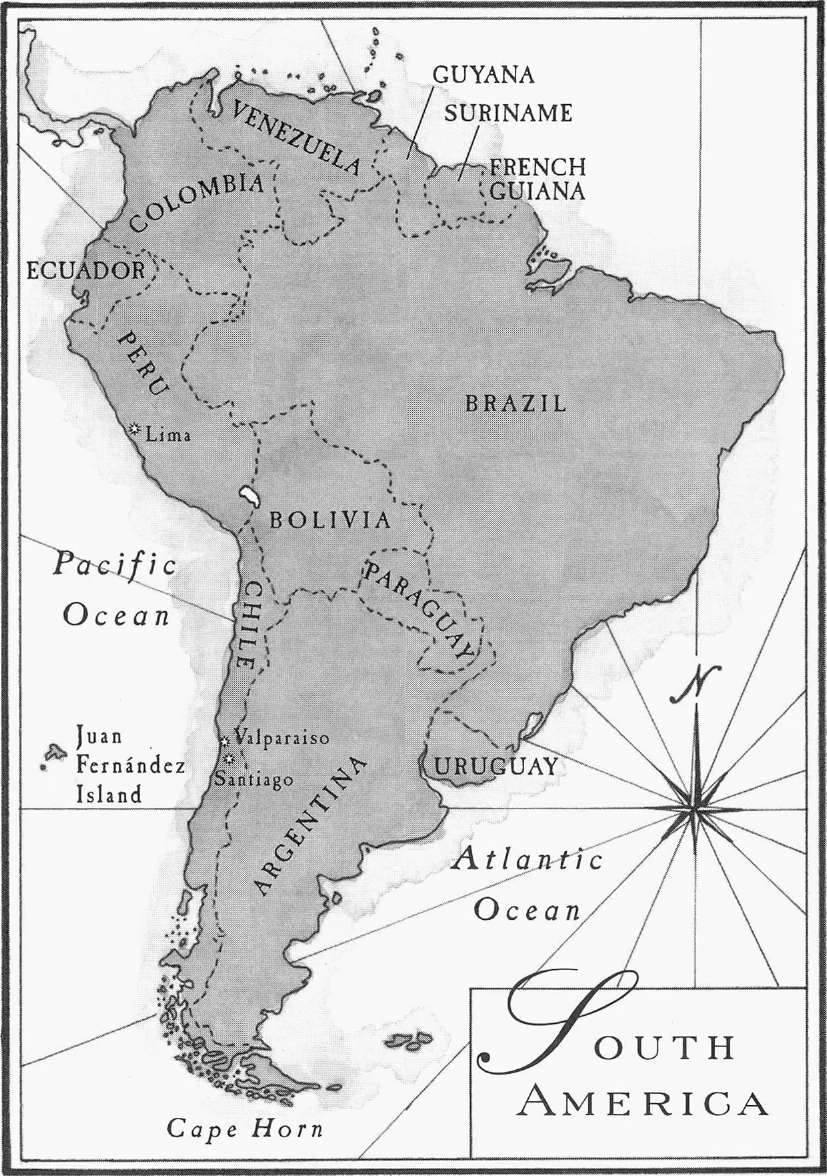
Horn, into the Pacific Ocean, north along the South American coast as far as Panama, and finally south again to Juan Fernndez. The island lies 360 miles due west of Valparaiso, Chile, on the South American coast.
Primitive instruments were used at the time to guide a ship across the seas. Maps were unreliable. Some placed islands three hundred miles from their true position. Selkirk's ability to guide the Cinque Ports to a remote island in the broad Pacific demonstrated his skilled seamanship. (On another voyage, England's foremost navigator had missed the island by miles.)
He was twenty-seven years old and strongly built"husky, a sturdy physique," allowed one writer. He also possessed a quick temper.
***
So far, the hunt for Spanish and French merchant ships along the South American coast had not gone well for the Cinque Ports. Only three small traders had been captured. They carried tobacco, timber, rope, and turtle shell. From one a small chest of gold coins was recovered. Then a French merchant ship gave up sacks of flour and sugar, a few casks of wine and brandy, and thirty tons of quince marmalade.
The crew grumbled. Halfway around the world to capture marmalade for their biscuits! More than that, they complained about water running low and the galley stove needing firewood. Hot food kept up spirits and courage.
The Cinque Ports headed for Juan Fernndez, the only anchorage and watering place that could be chanced along the Spanish-held South American coast.
While water casks were being refilled from freshwater streams on shore and trees cut for the woodbin, Selkirk inspected the ship. After its long passage from England to Juan Fernndez, many repairs were needed.
Careening a ship was the usual thing to do: towing it to shore, running lines from the masts to trees, hauling it over on its side. Timbers in the hull, holed and weakened by the woodboring teredo worm, could then be replaced.
Next page



